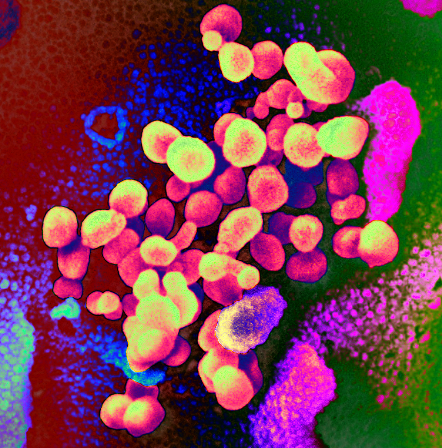STI stats show drop
 Australia’s annual sexual health check up shows STIs are mostly down, but this could be because of less testing.
Australia’s annual sexual health check up shows STIs are mostly down, but this could be because of less testing.
New data released today by the Kirby Institute at UNSW Sydney reveals how the COVID-19 pandemic has impacted testing and diagnoses of sexually transmissible infections (STI) in Australia.
The stats show that in 2021, there were 86,916 diagnoses of chlamydia, 26,577 of gonorrhoea and 5,570 of infectious syphilis in Australia.
There were reductions in total chlamydia and gonorrhoea diagnoses nationally - but also a drop in the numbers of Australians having a test for STI (14 per cent down from pre-pandemic levels for chlamydia and gonorrhoea tests) - impacted largely by the COVID-19 pandemic.
In contrast, infectious syphilis diagnoses increased in 2021, after having fallen between 2019 and 2020. There have been steady rises in infectious syphilis among gay and bisexual men and among Aboriginal and Torres Strait Islander people.
The stats also show increases in the number of infectious syphilis diagnoses among women of reproductive age. In the same time period, there has been a large increase in the number of congenital syphilis diagnoses, with a disproportionate number occurring among Aboriginal and Torres Strait Islander babies.
According to modelling, most chlamydia gonorrhoea cases remain undiagnosed and untreated.
Among Aboriginal and Torres Strait Islander people, rates of gonorrhoea and infectious syphilis were more than five times as high, and rates of chlamydia diagnosis were almost three times as high, compared with non-Indigenous Australians. This disparity is much greater in remote areas of Australia.
Additionally, the sexual health check up shows there continue to be high rates of chlamydia, gonorrhoea and syphilis diagnosed among gay and bisexual men living in major cities.
Reflecting the success of the national HPV vaccination program, diagnoses of genital warts among heterosexuals aged under 21 attending sexual health clinics declined to less than 1 per cent among females and 0 per cent among males under 21 years.








 Print
Print